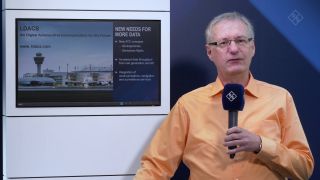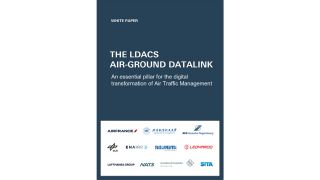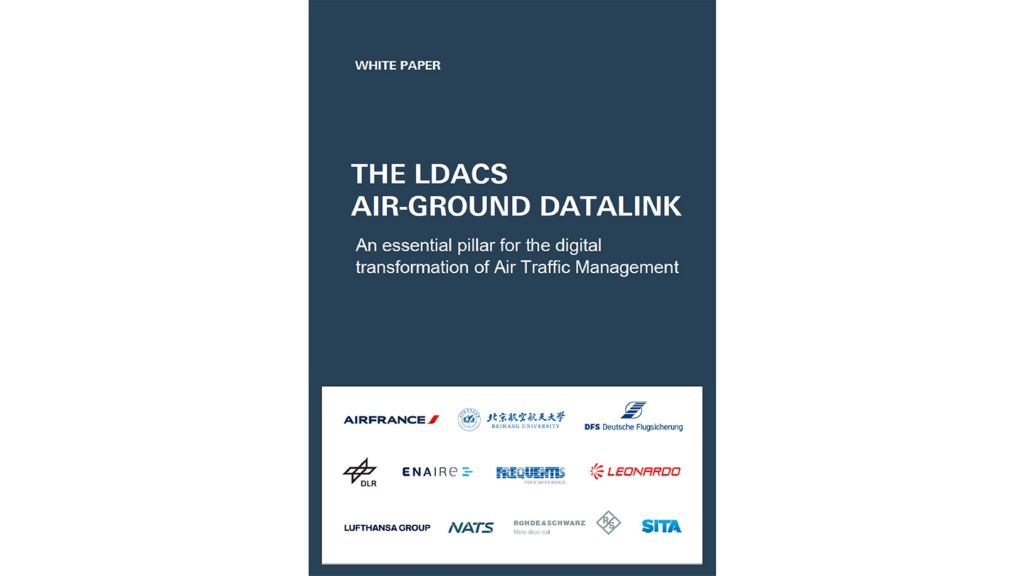Rohde & Schwarz shapes the future with LDACS
The aviation sector is currently facing significant challenges, as managing the increasing air traffic and achieving ambitious sustainability targets in terms of emissions reductions. As a major efficiency enabler, the digital transformation of air traffic management (ATM) is the foundation for a sustainable growth of aviation.
New efficiency-driven, operational ATC concepts, like the four-dimensional (4D) trajectory-based operations concept or sectorless flying, are key enabler to contribute to reducing emissions of CO2 via optimal routing and lower fuel usage. Their implementation requires reliable and high-data rate ground-to-air connectivity.
LDACS (L-band Digital Aeronautical Communication System) represents one of the essential pillar of the multilink architecture that will provide a secure and real-time exchange of large amounts of data, paving the way to the digital transformation of ATM.
Rohde & Schwarz is actively participating and supporting some of the key initiatives within the SESAR 3 Joint Undertaking. The Future Connectivity and Digital Infrastructure (FCDI) project, with primary objective to enhance the maturity level of the LDACS airborne implementation, and the Making I-CNSS a Reality (MIAR) project, which will demonstrate with flight trials how LDACS can enable an integrated navigation solution, showing how LDACS can provide Alternative Positioning Navigation and Timing (APNT) services.
LDACS is being standardized by the International Civil Aviation Organization (ICAO) where R&S is actively providing his contribution especially with the first LDACS flight test campaign, where Rohde & Schwarz demonstrators were used to successfully validate LDACS capabilities also during real flights.
Rohde & Schwarz, with its decades of experience in VHF, UHF and HF communications, which are used by aircraft pilots as well as air traffic controllers, is best placed to drive the future of LDACS.













